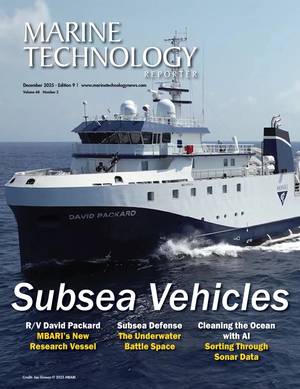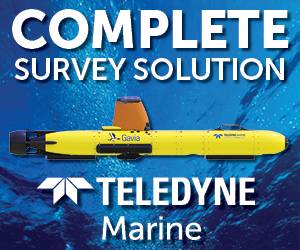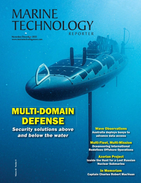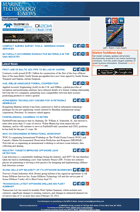Moorings
A vessel is said to be moored when it is fastened to a fixed object such as a bollard, pier, quay or the seabed, or to a floating object such as an anchor buoy.
Mooring is often accomplished using thick ropes called mooring lines or hawsers. The lines are fixed to deck fittings on the vessel at one end, and fittings on the shore, such as bollards, rings, or cleats, on the other end.
Mooring by permanent anchor can be accomplished by use of a permanent anchor at the bottom of a waterway with a rode (a line, cable, or chain) running to a float on the surface. This allows a person on the vessel to connect to the anchor.
A mooring buoy is a white buoy with a blue band[citation needed]. While many mooring buoys are privately owned, some are available for public use. Always check before tying to any mooring buoy.
As an ancient word, “mooring” (probably stemming from the Dutch verb meren, moor, used in English since the end of the 15th century) has accumulated a number of related uses and terms.
Mooring to a shore fixture
A vessel can be made fast to any variety of shore fixtures from trees and rocks to specially constructed areas such as piers and quays. The word pier is used in the following explanation in a generic sense.
Mooring requires cooperation between people on the pier and on a vessel. For larger vessels, heavy mooring lines are often passed to the people on the shore by use of smaller, weighted heaving lines. Once the mooring line is attached to the bollard, it is pulled tight. On large ships, this tightening can be accomplished with the help of heavy machinery called mooring winches or capstans.
For the heaviest cargo ships, more than a dozen mooring lines can be required. Sailboats generally take 4 to 6 mooring lines.
Mooring lines are usually made out of synthetic materials such as nylon. Nylon is both durable and user friendly, but it’s high elasticity is both a pro and a con. The stretch of a nylon rope can help absorb stress and keep lines from breaking. Unfortunately, too much stress can cause a rope to "snapback"- a phenomena which can cause fatal injuries. Mooring lines made from man-made materials such as Dyneema and Kevlar are considered safer to use, but the lines do not float on the water and are expensive to replace, so they are used less frequently. Manilla is a traditional natural fiber still being used for mooring ropes, and is a popular choice.
Some mooring lines are a combination of both wire rope and synthetic line. This results in a hawser, which is much more flexible and elastic than a rope made of only wire, but does not stretch as much as a synthetic rope. Special care should be taken when constructing a combination mooring line.
Permanent Anchor Mooring
These moorings are used instead of temporary anchors because they are stronger, more convenient, and cause less damage to the seafloor. They are often used to moor dock floats. The four basic types of permanent anchor moorings are: dead weight, mushroom, screw in, and triple anchor.
- Dead weight moorings are the simplest kind of mooring. They are generally made as a large concrete block with a rode attached which resists movement with sheer weight; and, to a small degree, by settling into the substrate. The advantages are that such moorings are simple and cheap. A dead weight mooring that drags in a storm still holds well in its new position. Such moorings are better suited to rocky bottoms where other mooring systems do not hold well. The disadvantages are that they are heavy, bulky, and awkward.
- Mushroom moorings are the most conventional moorings for mud and silt substrate. They are shaped like an upside down mushroom which can bury itself in these materials quite readily. The advantage is that it has up to ten times the holding power to weight ratio as compared to a dead weight mooring. The disadvantage is that they're more expensive than dead weight moorings, don't hold well on rocky or pebbly substrates, and they take time to settle in before reaching full holding capacity.
- Screw in moorings are a modern method. The screw in mooring is a shaft with wide blades spiraling around it so that it can be screwed into the substrate. The advantages are a high holding power to weight ratio. An additional consideration is size. Screw in moorings are so small that they are relatively cheap. The disadvantage is that a diver is usually needed to install, inspect, and maintain these moorings.
- Multiple anchor mooring systems use two or more (often three) light weight temporary style anchors set in an equilateral arrangement and all chained to a common center from which a conventional rode extends to a mooring buoy. The advantages are minimized mass, ease of deployment, high holding power to weight ratio, and ease of access to the required anchor components because temporary style anchors are commonly available.












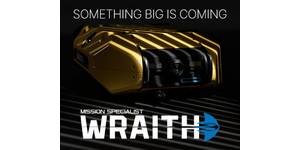
 December 2025
December 2025
